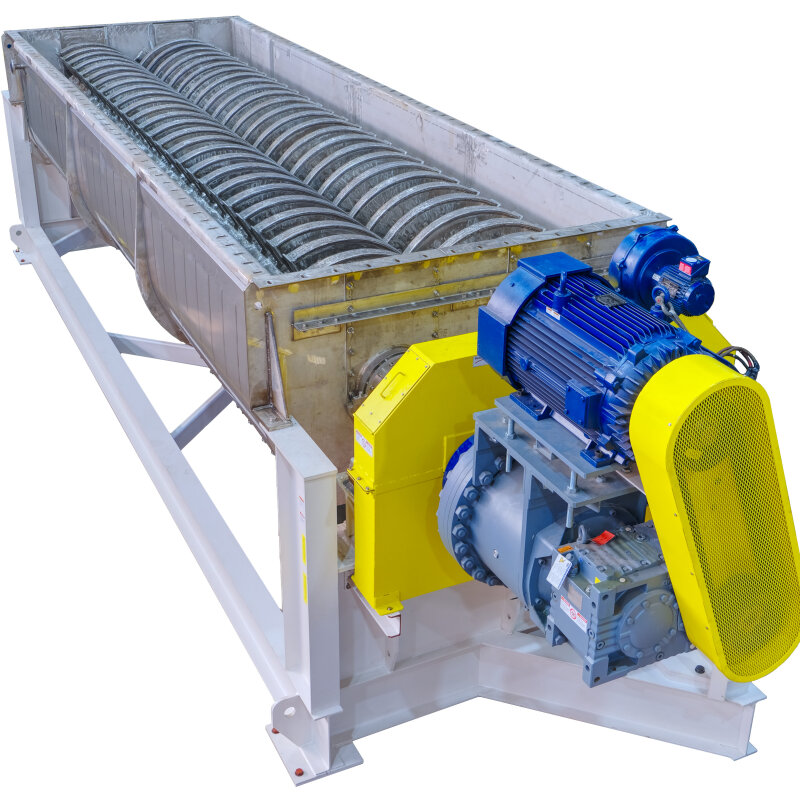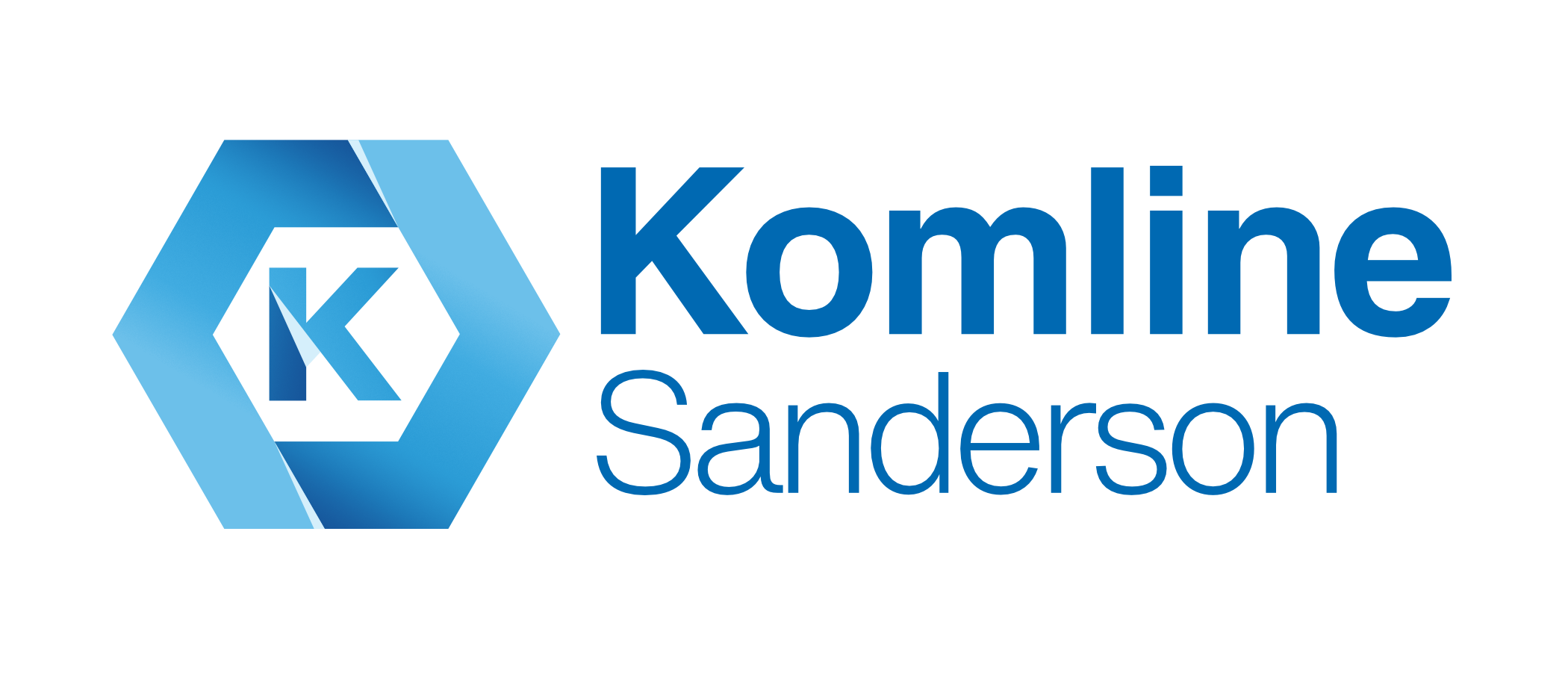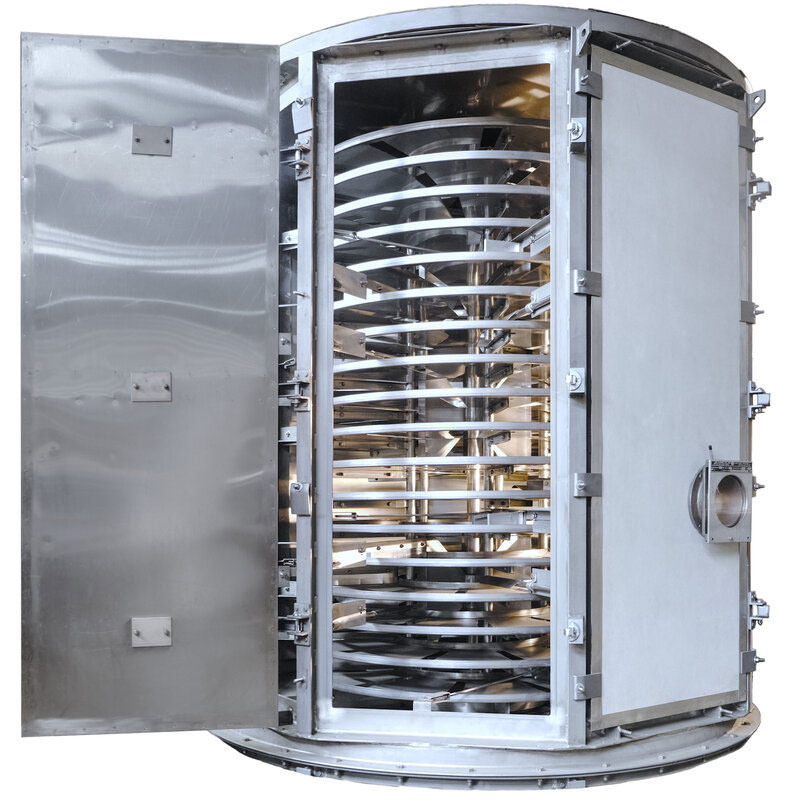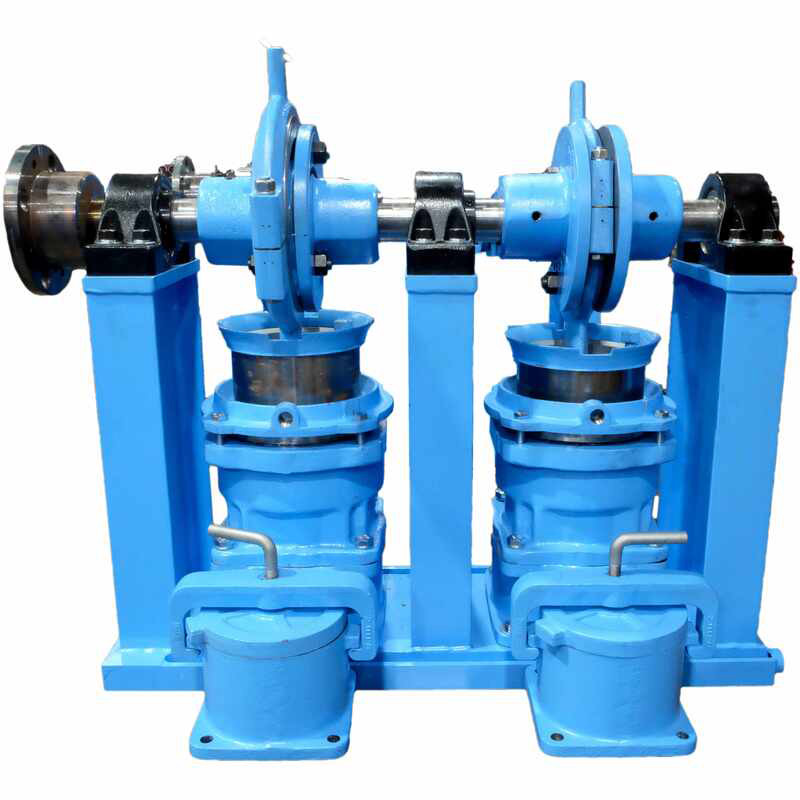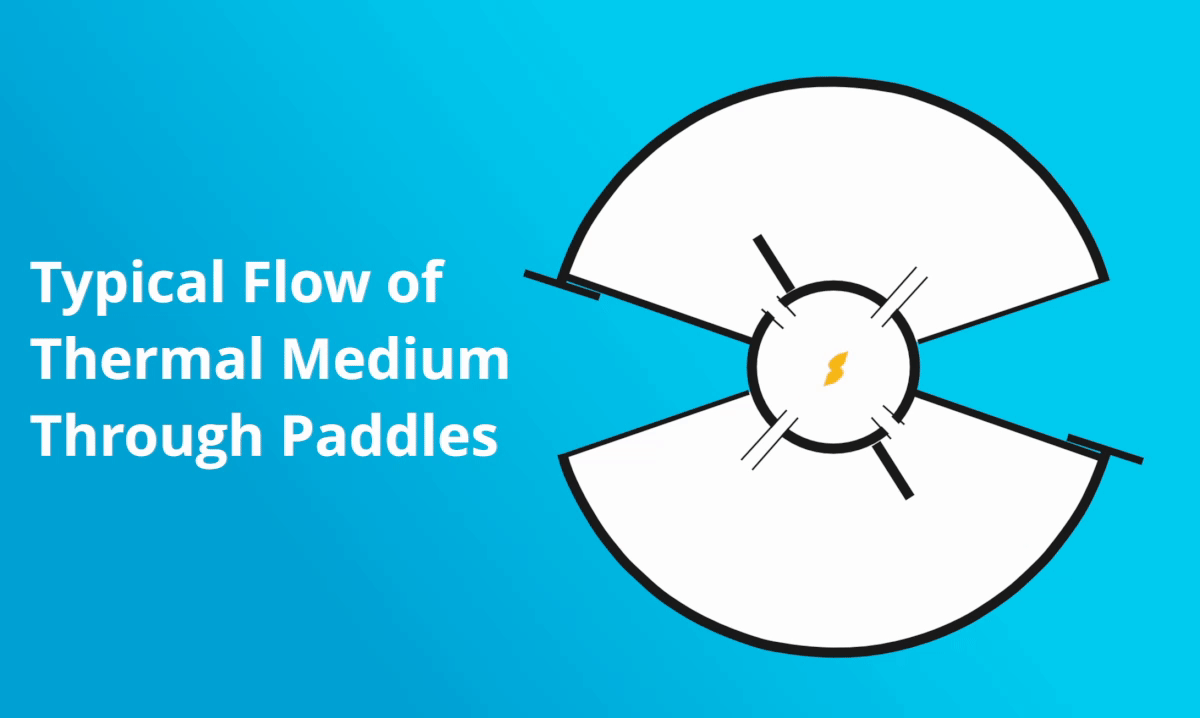Applications
Related Products
Benefits
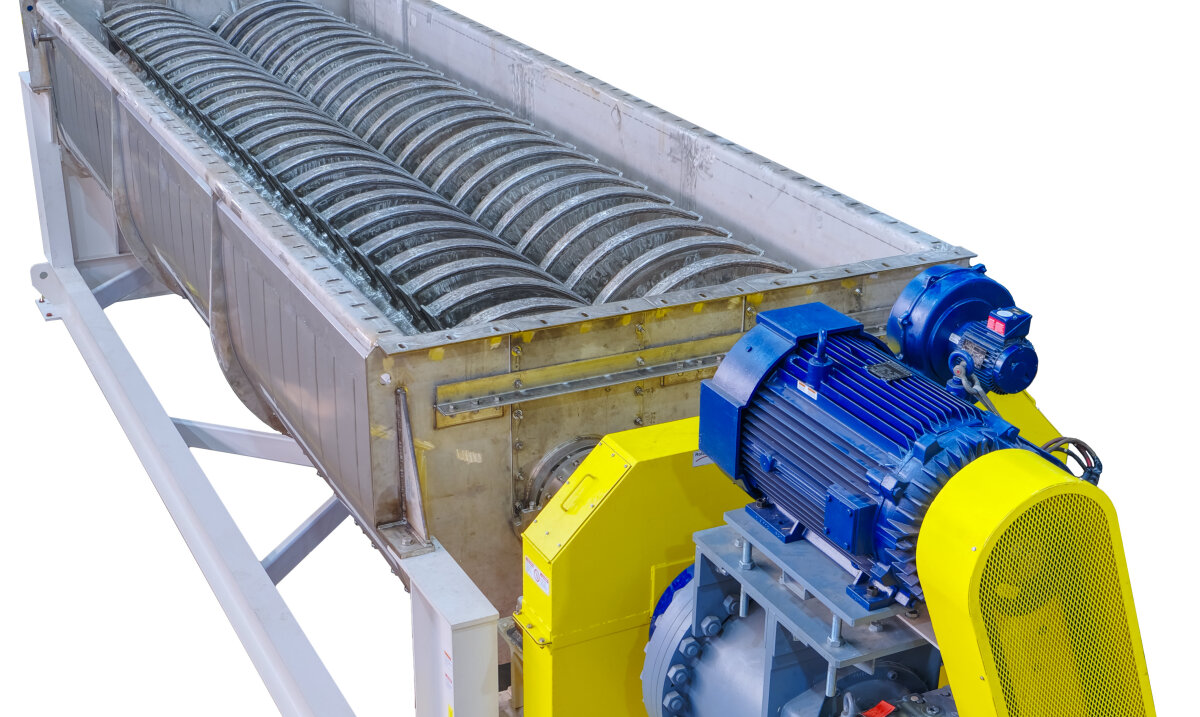
Drying
The K-S Paddle Dryer is indirectly heated with steam or circulated thermal fluid (hot oil). This provides for high energy efficiencies and low off-gas volumes. Heat transfer mediums of up to 750°F can be used. Hot sweep gas can be employed to prevent condensation in the vapor space or downstream of the dryer. Indirect Drying to low moistures or residual solvents levels of 10 ppm or lower requires uniform heating and residence time. The K-S Paddle Dryer allows you to reach these objectives with a continuous process. The K-S Paddle Dryer provides a reliable and efficient method for drying slurry, filter cakes and centrifuge concentrates. Vacuum designs can remove water or organic solvents at reduced temperatures.
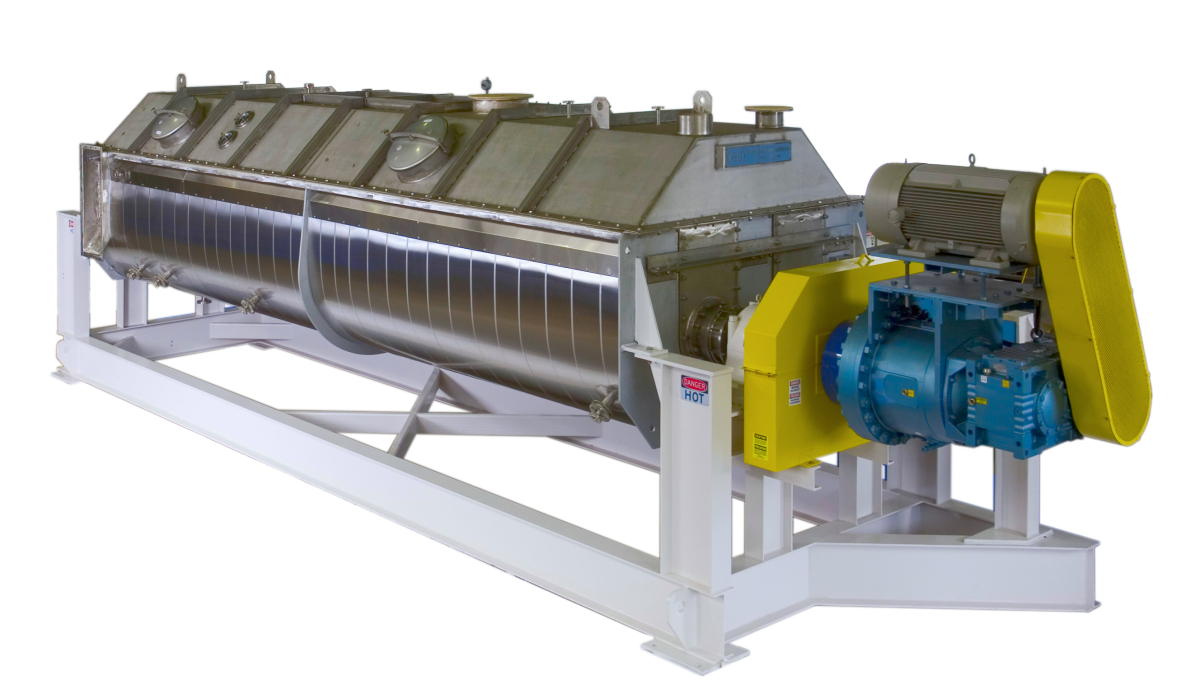
Heating & Cooling
Heating
Heat a process mass for melting, cooking, pasteurization, roasting, or reacting. The heating medium can be steam, circulated thermal fluid, or hot water. The two-zone design allows for two distinct temperature zones.
Cooling
Remove heat from a process mass with cold water or thermal fluid (glycol, down to -40 °F). Cooling can be done in a controlled moisture-free environment. The two-zone design allows for two distinct temperature zones.
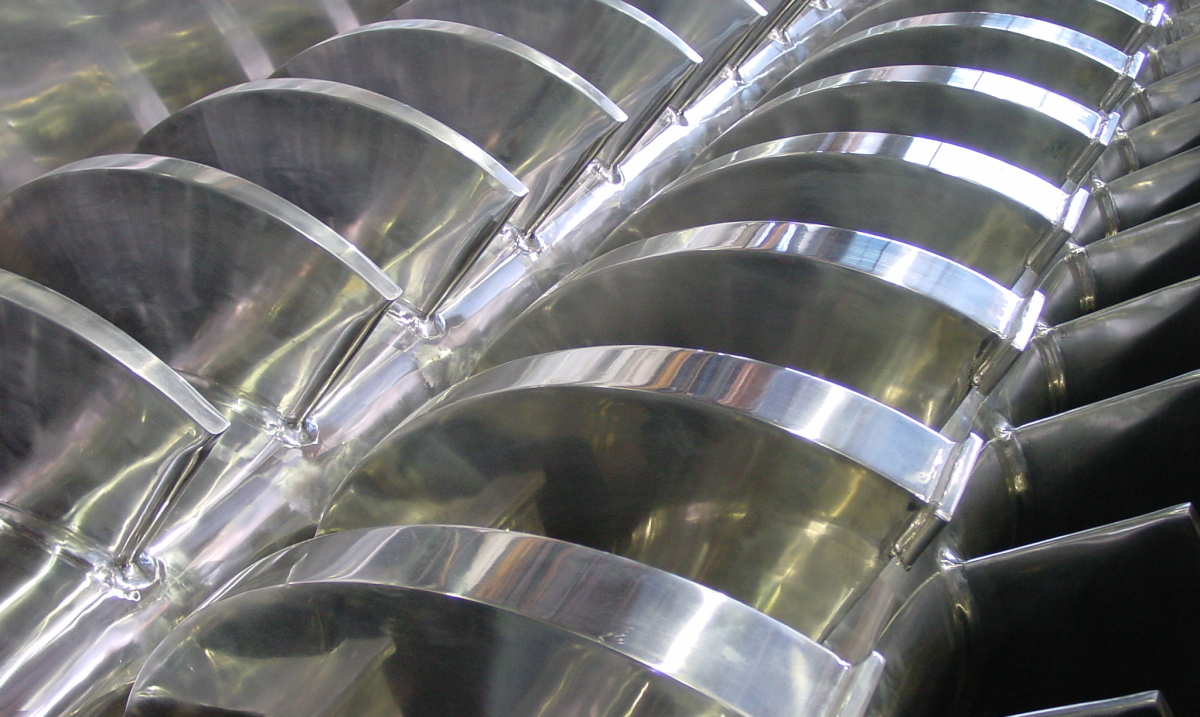
Calcining, Reacting, & Crystallizing
Calcining
Calcining at temperatures up to 750 °F can be done with the K-S Paddle Dryer and Paddle Processor. Evaporation of water prior to high temperature calcining will increase the capacity of the high temperature equipment, and the thermal efficiency of the process.
Reacting
Use the K-S Paddle Dryer and Paddle Processor for catalyzing and controlling reactions, taking advantage of our capability for precise temperature and residence time. It can be used for both exothermic and endothermic reactions. A high degree of mixing allows multiple ingredients to be thoroughly mixed as part of the reacting process.
Crystallizing
Use the K-S Paddle Processor for selective polymer crystallization or crystallizing at controlled rates and temperatures.
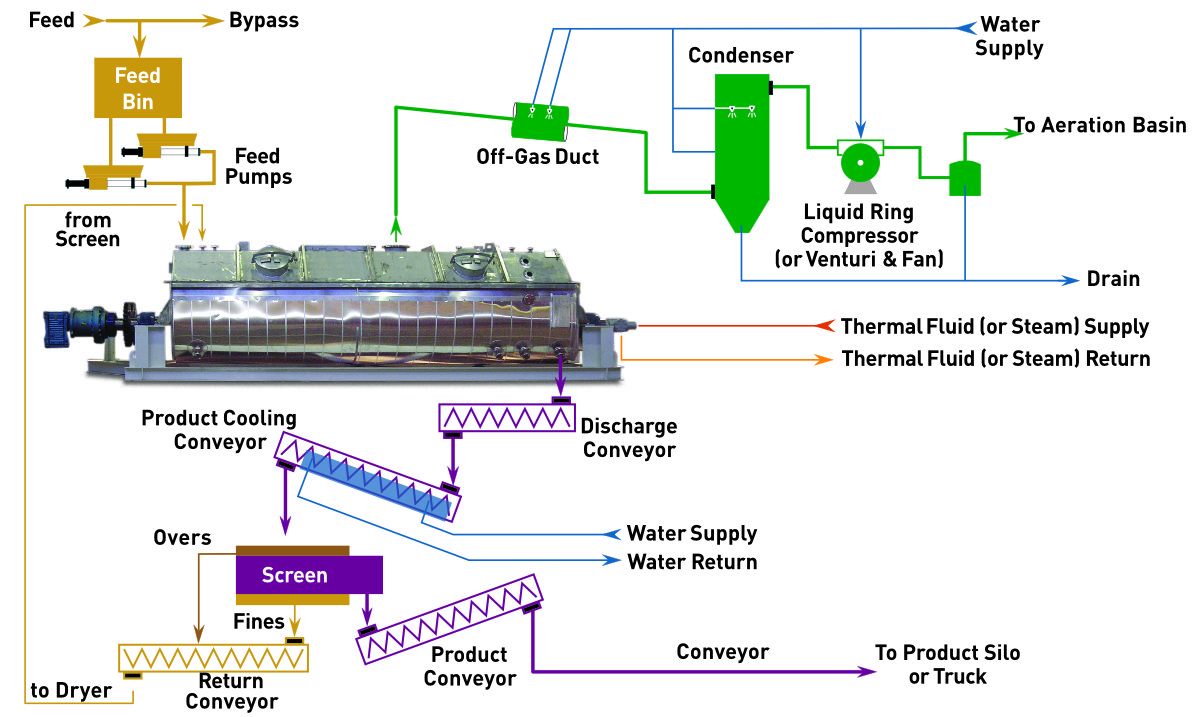
System Benefits
- High thermal efficiency
- Heat transfer medium does not come into contact with the product.
- Gas is not used to convey the product. Off-gas flow is minimal.
- Precise control of temperature
- Uniform product quality, thorough mixing and movement of the product
- Continuous process on a once-through basis
- High heat transfer area to process volume ratio – reduced floor space
- Pre-conditioning with recycle is typically not required.
- Easy to operate, requiring minimal attention
- Safer than direct drying when processing combustible material
- Simple durable design for easy and low maintenance
- Enclosed process contains odors and hazardous materials
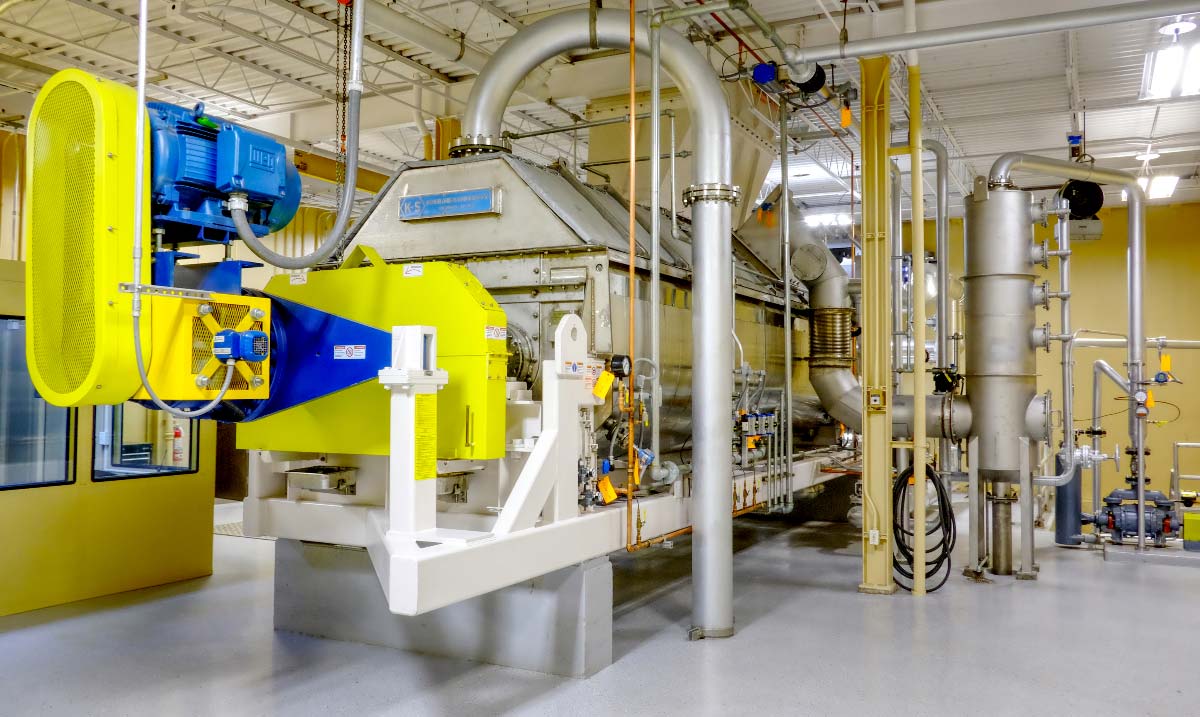
Design Features
- Heat transfer areas from 20 to over 3000 square feet (5.6 to over 279 square meters) per dryer
- Heated with steam or circulated thermal fluid (hot oil)
- Cooled with water or water-glycol mixtures
- A two-temperature-zone design is available
- Design, construction, and stamping per ASME Code or PED
- Adjustable operating level increases process flexibility (turn-down)
- Process contact surfaces of carbon steel, stainless steel or alloy
- Surface finishes to meet process requirements (from mill to electro-polished)
- Available abrasion-resistant coatings
- Inert process during operation
- Robust equipment, designed for high torque and low operating speed
- Shafts, pillow block bearings, and drive components designed for long life under adverse conditions, ensuring long-term mechanical integrity
Design Overview
The Komline-Sanderson Paddle Dryer/Processor is a highly efficient, mechanically agitated, indirect heat transfer device for adding or removing heat from a process mass. Dual counter-rotating shafts with unique intermeshing wedge-shaped paddles produce intimate mixing, uniform heat transfer, a high heat transfer rate, and a self-cleaning effect. No stator bars (breaker bars) are needed. A metal wall separates the process mass from the heat transfer medium. High thermal efficiency is obtained because the heat transfer is by conduction. Very little heat is lost with an insulated dryer. The K-S Paddle Dryer transports material, regardless of its handling characteristics. Sticky, pasty materials can be transported. Pre-conditioning the feed by mixing with recycled dried product, to make it conveyable, is not required. This results in lower capital, operating, and maintenance cost. Material is conveyed through the K-S Paddle Dryer by displacement (“piston flow”). As material is added to the feed end, it is assimilated into the bed by the mixing action of the agitators. Hydraulic head pressure, combined with the action of the wedge-shaped paddles, pushes material around the paddles. Since the product moves by displacement, residence time is controlled by the feed rate and the overflow weir height. The K-S Paddle Dryer is designed with high torque capabilities to increase its process flexibility. Extra torque keeps you on-line, when upset conditions develop. Because the K-S Paddle Dryer is indirectly heated the amount of off-gas is minimal. Inerting with nitrogen is easily accomplished when required. Typically no external sweep gas is required. For certain applications sweep gas is used to increase the drying rate or to prevent condensation in the vapor outlet of a dryer. Heat tracing the cover can also be done to prevent condensation from occurring. In the K-S Paddle Cooler indirect cooling can be done in a controlled environment. Sweep gas is used to prevent condensation from occurring. K-S process and project engineers provide assistance at all phases of the project. Depending on your specific requirements, K-S can provide you with a dryer/processor, or a complete system.
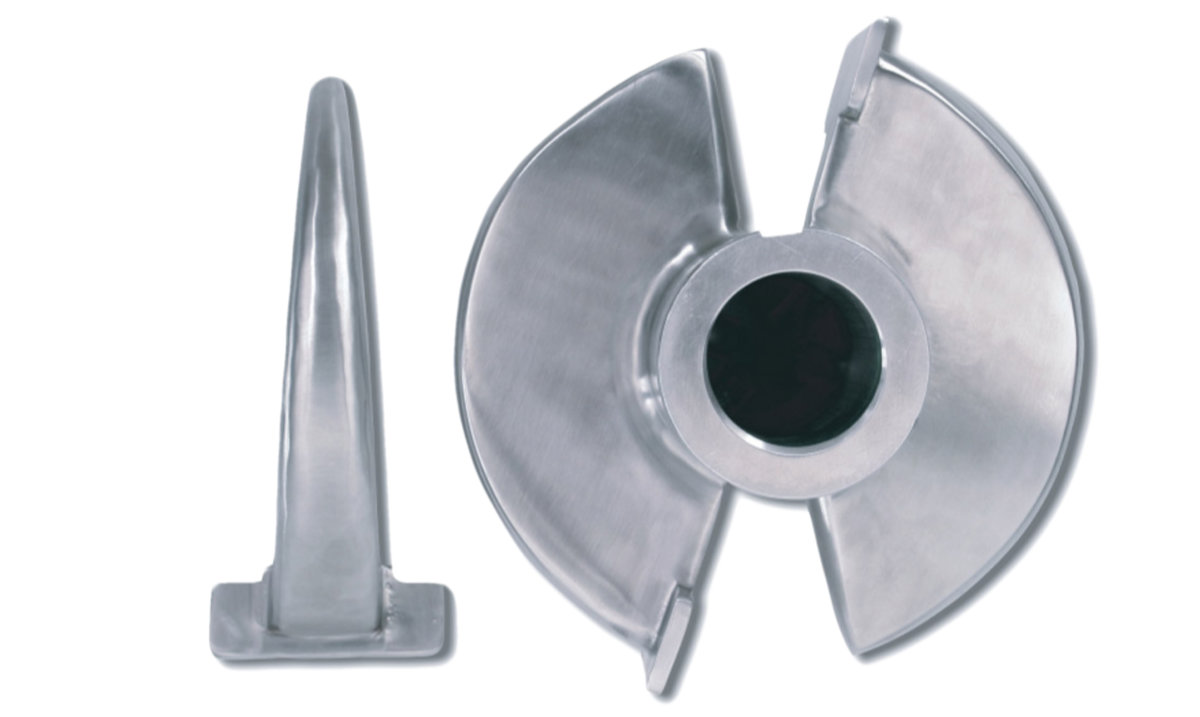
A successful plant depends on the integration of the key process units with properly selected ancillary equipment and the right facility design. Reliability, ease of operation, rugged construction, performance, and superior customer service are all hallmarks of a K-S installation. A typical system includes a feed metering device such as a variable speed conveyor or pump. Feed metering is an important part of process control. In most applications the off-gas volume is very low and at a low temperature. When sweep gas is used, K-S can integrate sweep air conditioning into the system. Safety features must be part of the system design. The K-S Paddle Dryer operates with an inert low-temperature environment. Air is not used to convey a hot product in the dryer. Off-gas can be recycled after volatiles are condensed. When necessary, explosion suppression systems or deflagration vent panels are incorporated into the dryer’s cover. Inerting of the process with nitrogen can also be accomplished with a minimal purge rate. Our vapor-tight design allows for the processing of material containing organic solvents and hazardous materials in an enclosed safe manner. Heat-sensitive materials can also be dried at low temperatures under vacuum using hot water as the heating medium.
Q:
How efficient is the K-S Paddle Dryer?
A:
An indirectly heated, well insulated, Paddle Dryer / Processor has a thermal efficiency of approximately 98%.
Q:
How much energy is needed for drying?
A:
The amount of energy required for the K-S Paddle Dryer is dependent on the initial moisture and the final moisture as well as the feed and discharge temperatures.
Example: Our dryer needs 1155 BTU per pound of water removed to dry material from 20% ds to 90% ds. This is the “heat load” at the dryer. To calculate the fuel cost, you need to factor in loses at the boiler or thermal fluid heater and line loses. For example, a steam boiler is typically 80% efficient while a thermal fluid heater’s efficiency ranges from 83% to 87% depending on design.
Q:
How is the dryer/processor sized?
A:
The hourly feed rate is determined and the total hourly heat load calculated (Q). The heating/cooling medium temperature establishes the log mean temperature differential (driving force, LMTD). The heat transfer coefficient (U) is dependent on the material being dried. This is established by using data from prior experience and test data. With these variables established, the heat transfer area (A) is calculated by:
A=Q(U⋅LMTD)
Q:
What steam pressure is required? What thermal fluid temperature is used?
A:
The selection of the heating medium temperature is often based on the product to be dried and if there are temperature limits. The second consideration for an existing plant is what is available as a utility. Steam heated dryers using from 30 to 300 + psig steam have been supplied. Thermal fluid heated designs of up to 640 °F with standard components and up to 750 °F with a special design have been supplied.
Q:
Does K-S offer lab and pilot testing?
A:
Yes, K-S can provide pilot testing at our Technical Center or at your plant. Information on our test programs is provided in “References

